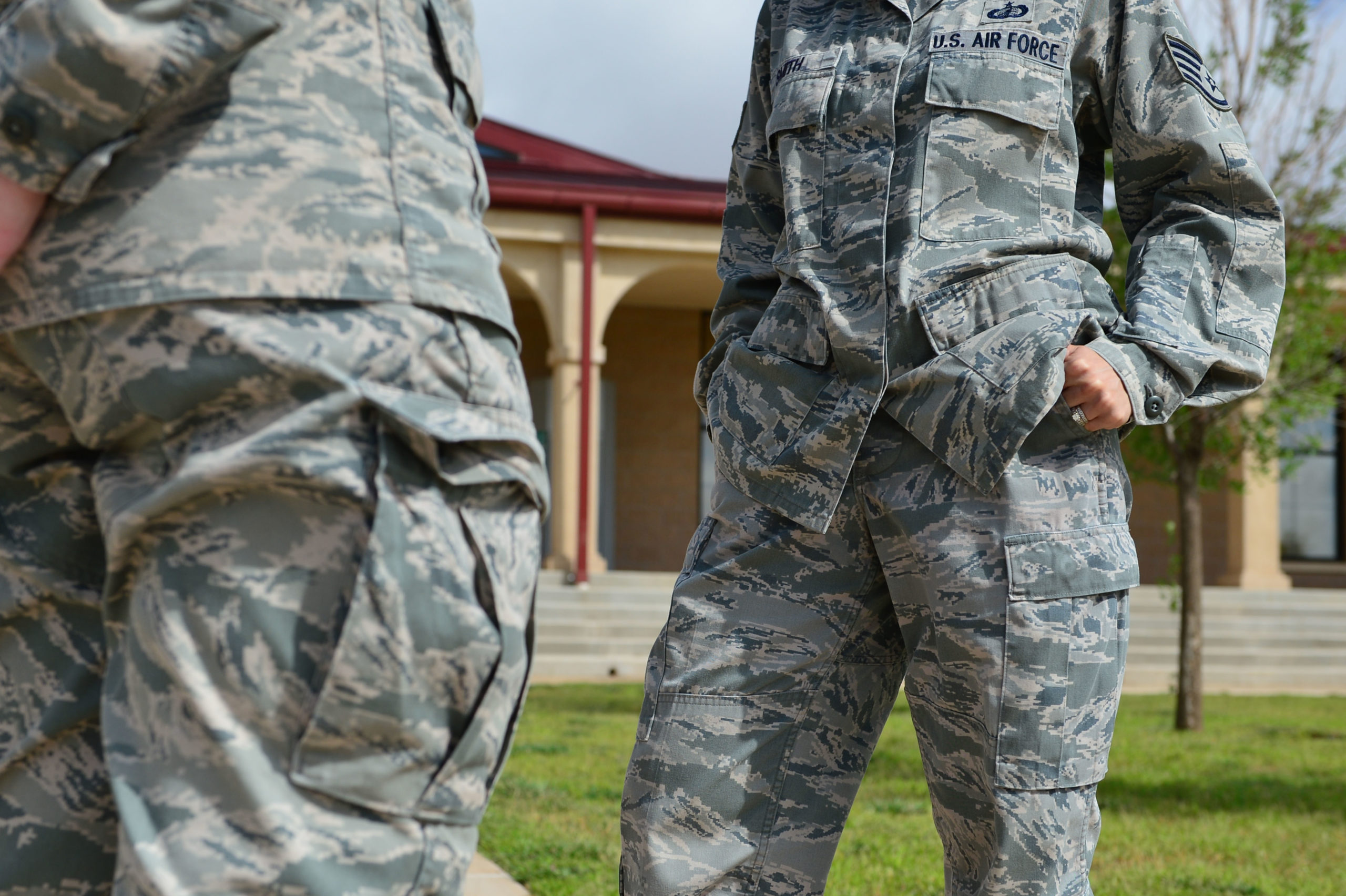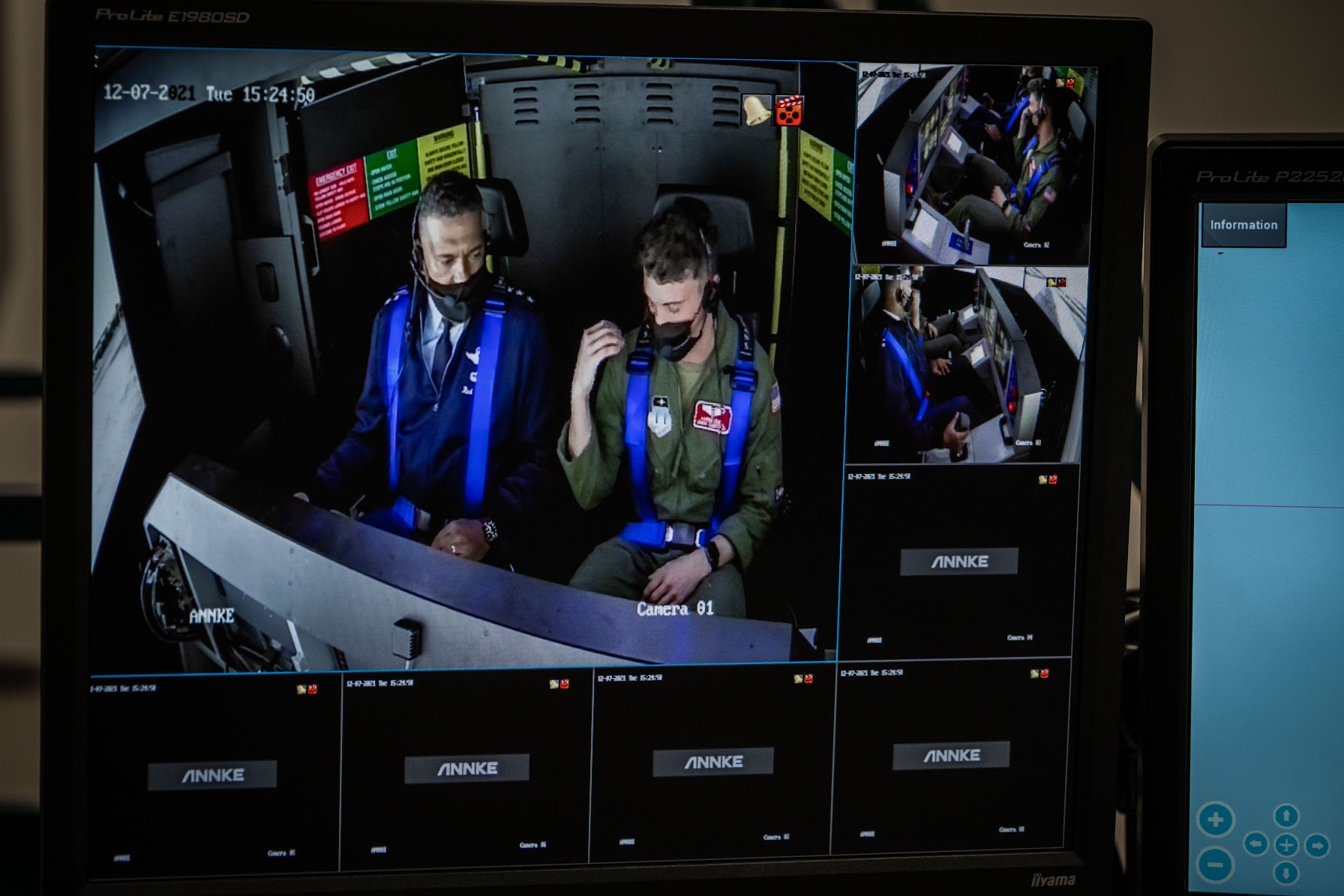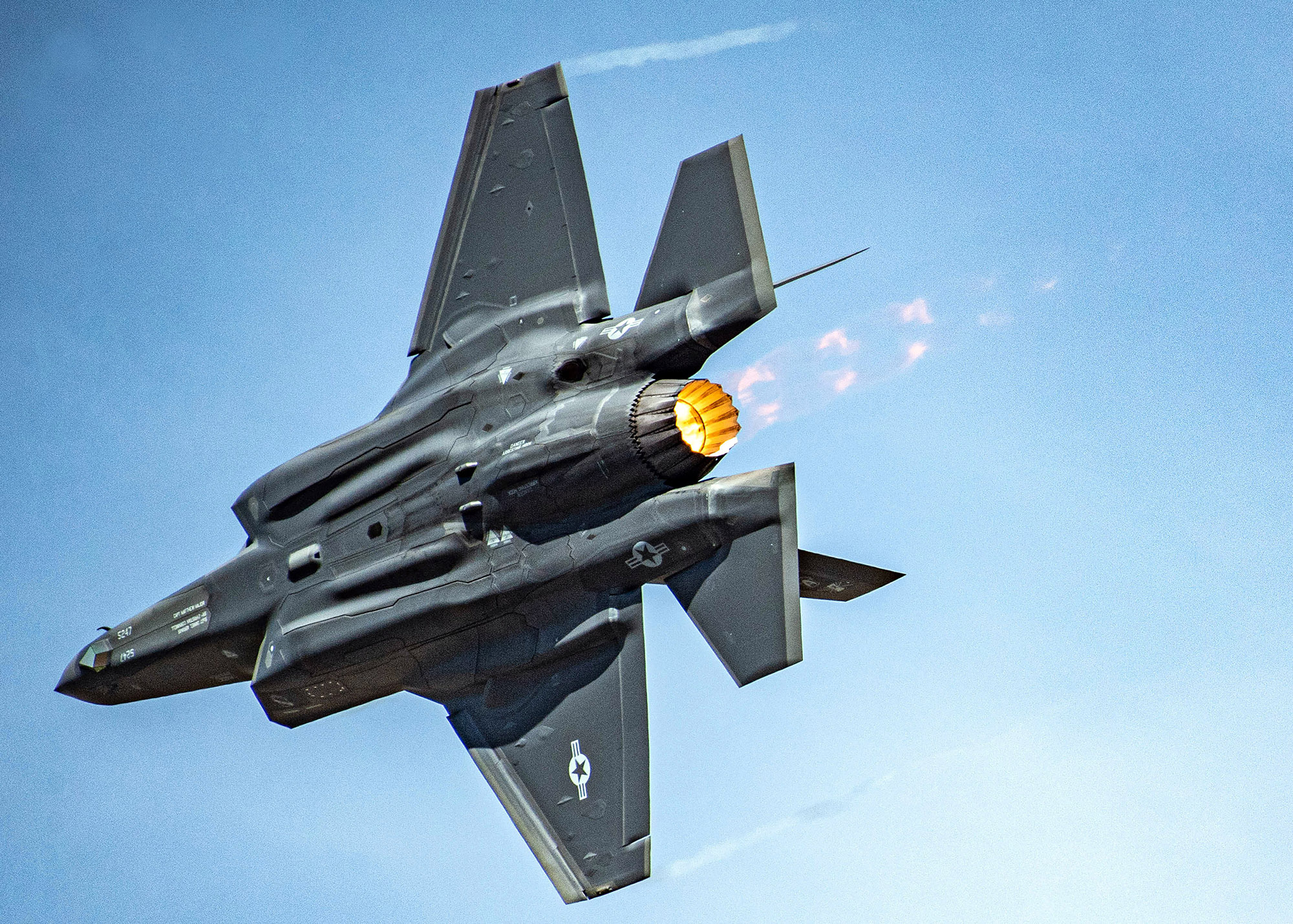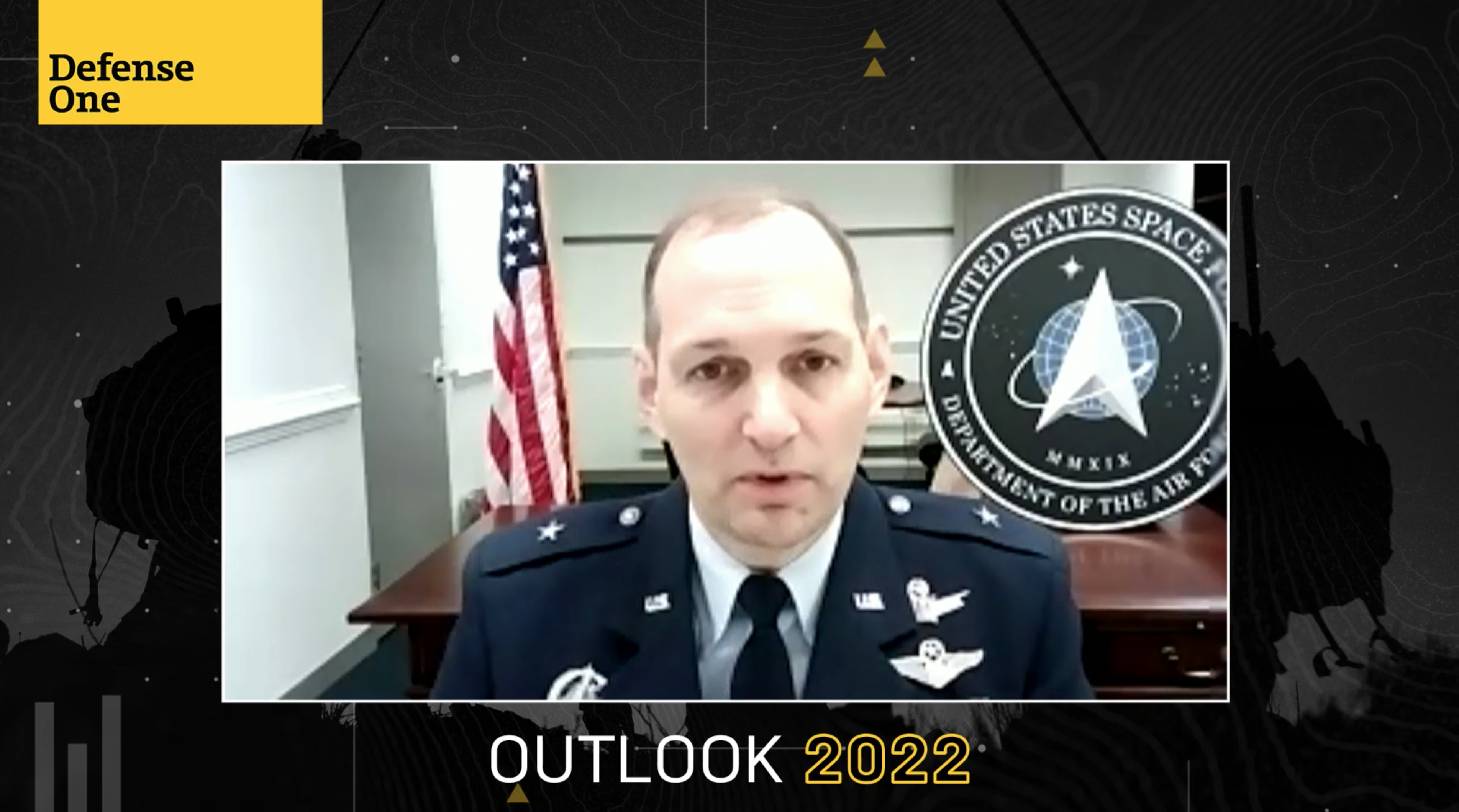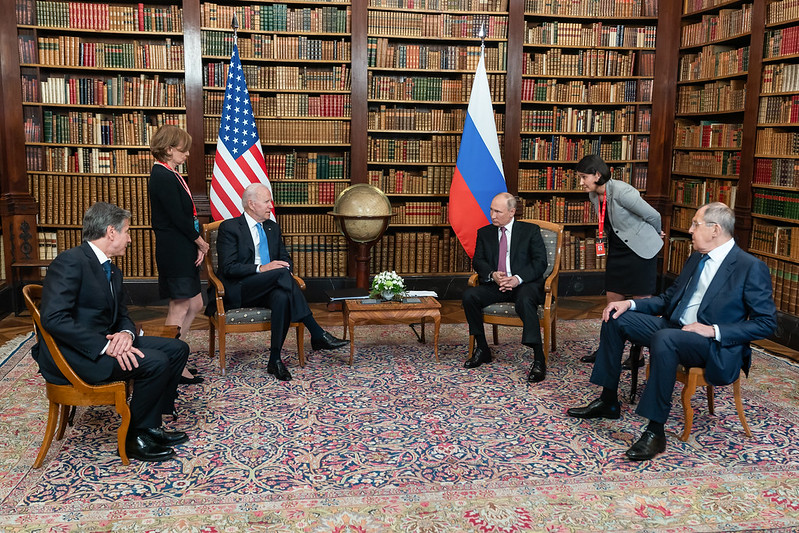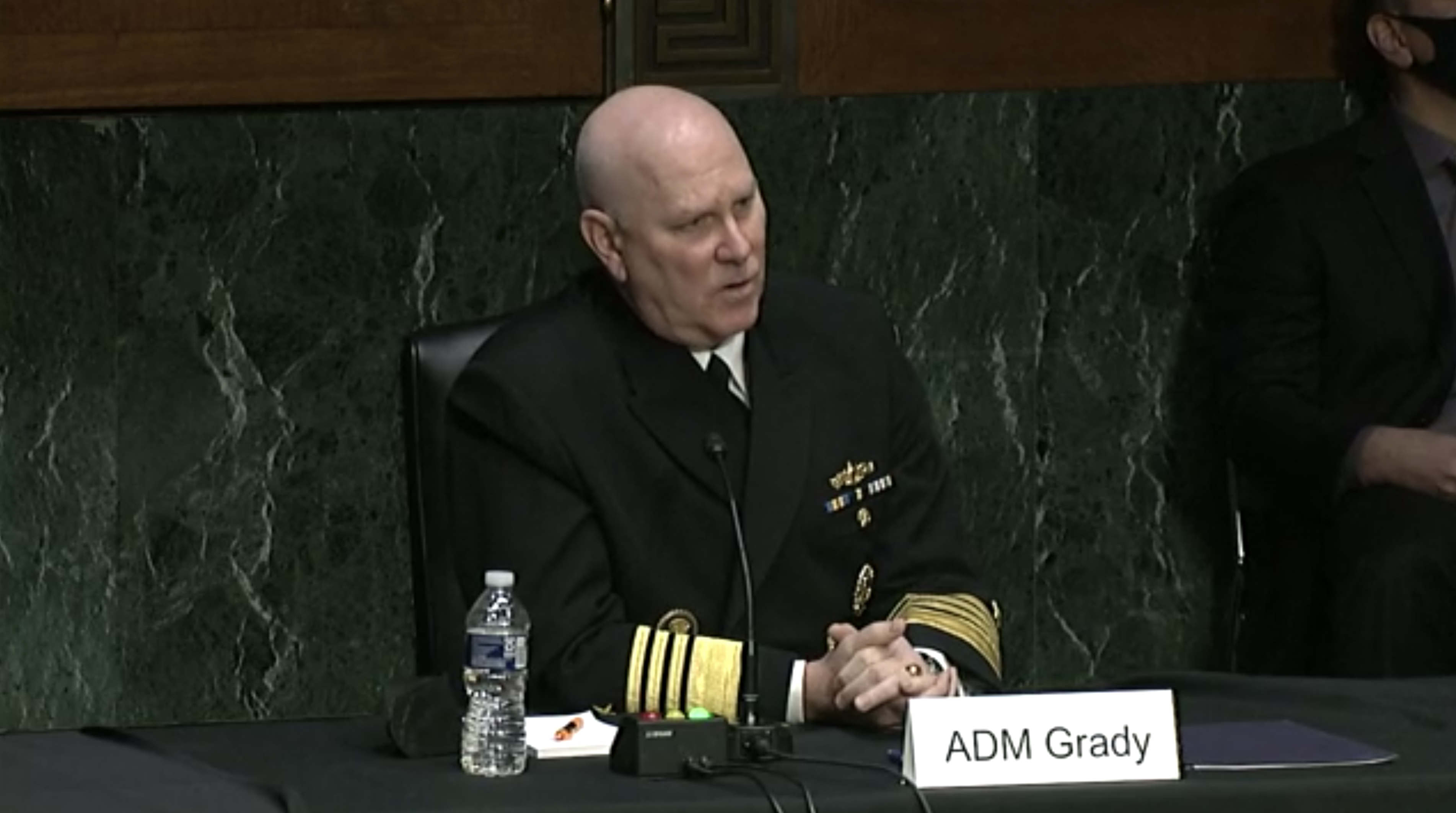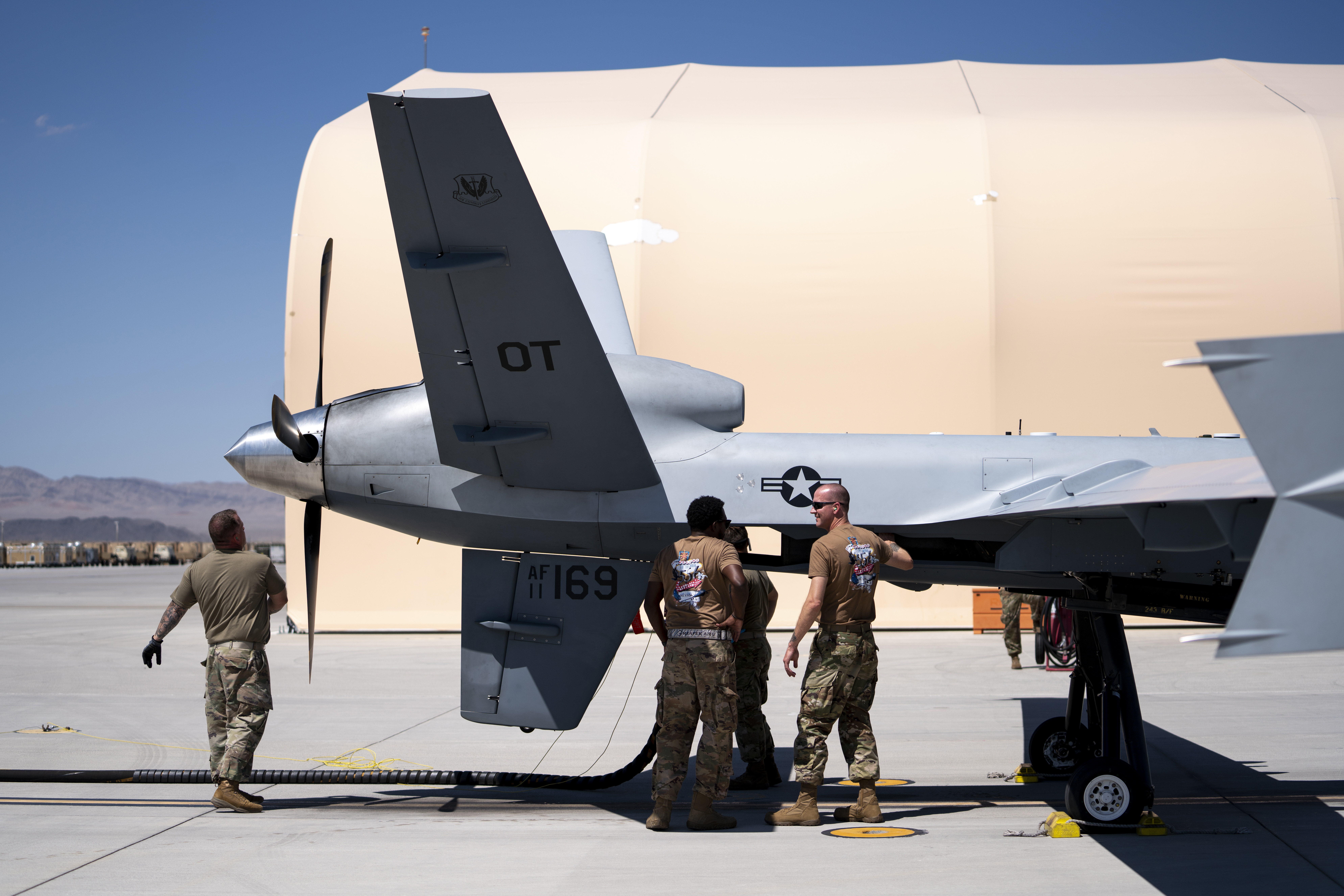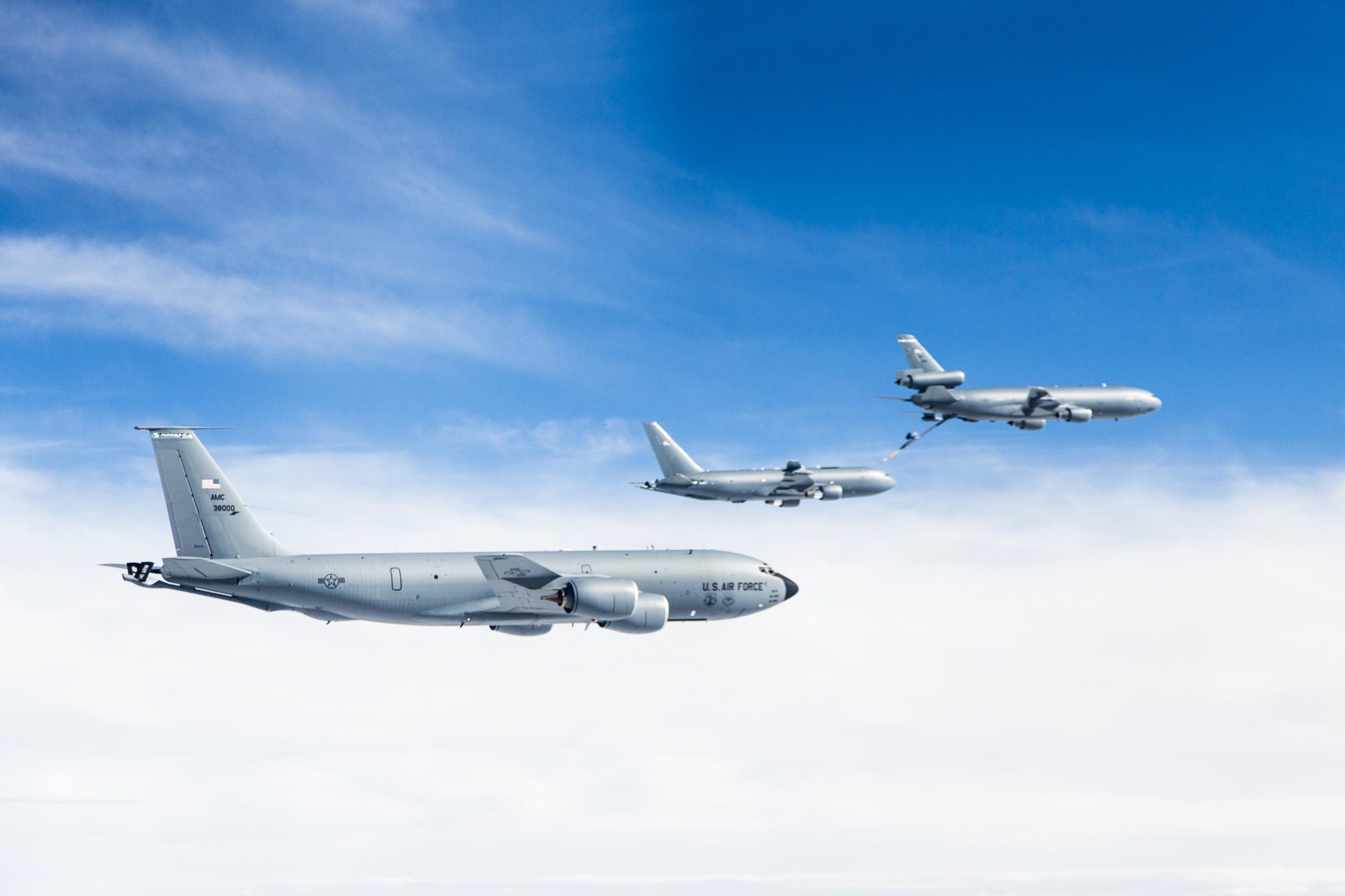Airmen and Guardians who are denied a medical, religious, or administrative exemption to the COVID-19 vaccine requirement will have five days to start the vaccination process, file an appeal, or request to separate or retire, according to a new Department of the Air Force memo issued Dec. 7.
Should the appeal be denied or the request to separate or retire denied, the five-day clock will restart, and those who still refuse the vaccine “will be subject to the initiation of administrative discharge,” according to the memo signed by Air Force Secretary Frank Kendall.
The administrative discharge process includes a counseling process and takes time. It can also vary for service members with different levels of experience, an Air Force spokeswoman told Air Force Magazine.
The deadline for Active-duty Airmen and Guardians to be fully vaccinated against COVID-19 was Nov. 2, while the deadline for those in the Reserve and Guard was Dec. 2.
According to the most recent data from the Air Force, 3,234 Airmen and Guardians across the total force have verbally refused the vaccine, putting them in line to make one of the three choices. Requests to separate or retire are contingent upon the absence of or a limited Military Service Obligation.
That number, however, will almost certainly grow in the coming weeks—another 10,560 Airmen and Guardians are currently seeking a religious exemption, but not a single such request has been granted thus far. Department of the Air Force policy calls for a decision within 30 business days on requests for religious exemptions to mandatory vaccines from Airmen and Guardians within the continental U.S., but that timeline will likely be delayed for some as the department sorts through a massive backlog.
There are another 4,261 Airmen and Guardians recorded as “not vaccinated,” meaning they are not coded as having refused the vaccine but are still unvaccinated without a pending or approved accommodation.
The Air Force has granted 2,222 medical exemptions to the vaccine, though that number could also fall—some exemptions were granted on a temporary basis for reasons such as pregnancy and will expire. The service has also given 2,521 administrative exemptions, which includes those who submitted a request to retire or separate prior to Nov. 2, 2021, with a retirement or separation date on or before April 1, 2022.
Those who refuse the vaccine and face separation “will not be eligible for involuntary separation pay and will be subject to recoupment of any unearned special or incentive pays,” the memo adds.
Kendall on Nov. 18 hinted that the move was coming, saying it’s a “pretty straightforward” question as to whether those who refuse the vaccine will be separated from the service. He also questioned whether those who remain unvaccinated, even with an approved exemption, will be deployable. Those who are unvaccinated will not be able to PCS to a new assignment, according to a recently issued Air Force memo.
The five-day window puts the Air Force in line with guidance issued by the Navy, which also gave Sailors five days after a denied exemption request to start the vaccination process. The Marine Corps also has said that unvaccinated Marines who are separated won’t be eligible for involuntary separation pay and may have to repay unearned special or incentive pays.
A total of 97.3 percent of the Active-duty Air Force and Space Force are at least partially vaccinated against COVID-19, along with 92 percent of the Air National Guard and 91.8 percent of the Air Force Reserve.

